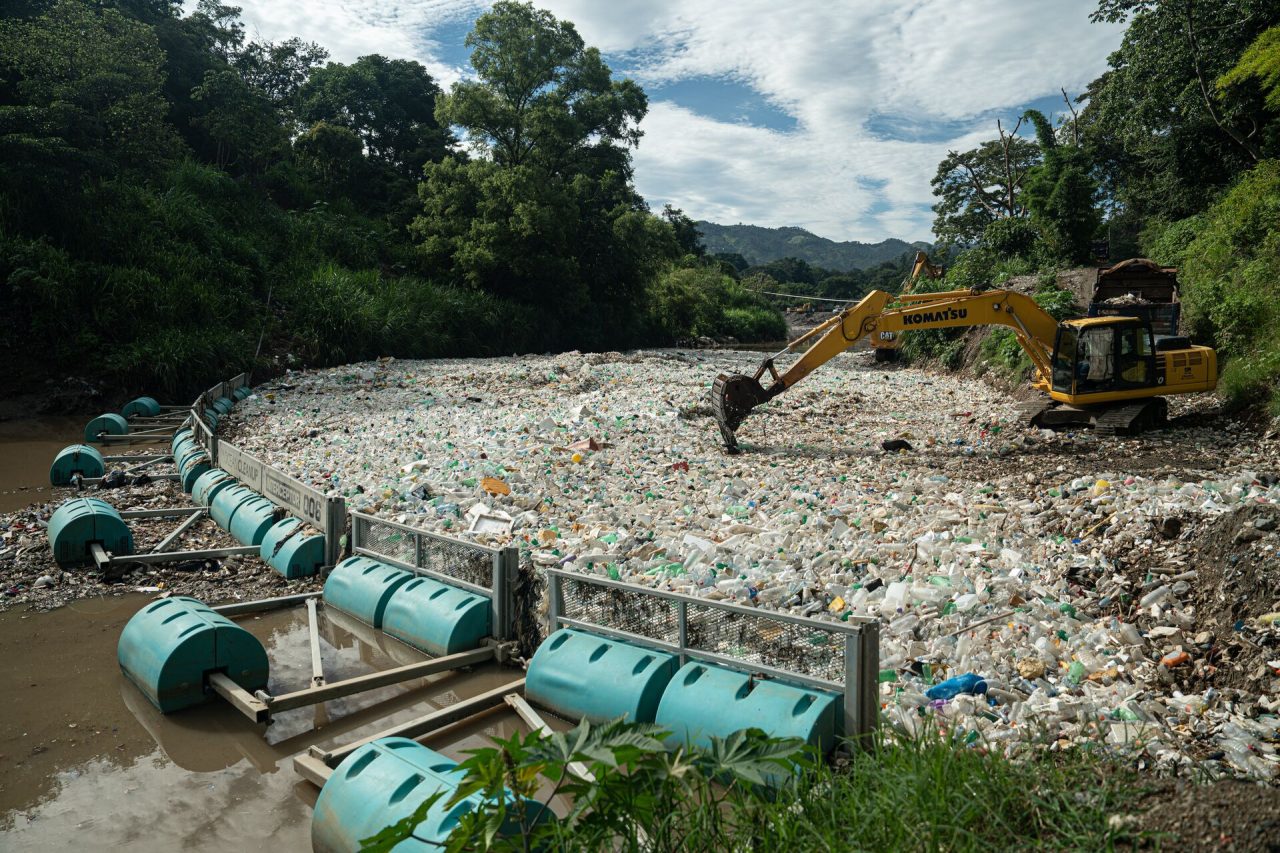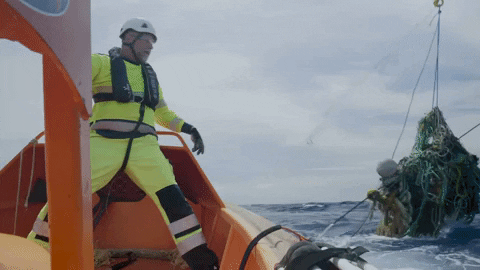Microplastics pollution—caused by the breakdown of larger plastic debris into particles smaller than 5mm— poses a significant threat to marine life, ecosystems, and even human health. Once fragmented, these particles are nearly impossible to remove from the environment and are readily ingested by marine organisms, potentially entering the food web. To effectively address this, removing legacy plastic pollution —plastics that have already entered and accumulated in the environment — is crucial. This includes plastics trapped in coastal ecosystems such as mangroves, reefs, and shorelines, as well as other accumulation zones like the Great Pacific Garbage Patch. These legacy plastics gradually degrade under the effects of sunlight and wave action, breaking down into ever smaller particles and contributing to the growing concentration of microplastics. By targeting and removing legacy plastics before they fragment further, cleanup efforts directly reduce the future load of microplastics in the marine environment. Recent research by The Ocean Cleanup, published in Scientific Reports, reveals that a significant portion of plastic in the Great Pacific Garbage Patch—approximately 75% to 86%—comes from offshore fishing and aquaculture activities, rather than from rivers or land-based sources. These plastics, including nets, ropes, traps, and buoys, are more likely to persist and drift into offshore accumulation zones, where they degrade into microplastics over time.
Cleaning up legacy plastics, both along coastlines and in ocean gyres, not only helps protect biodiversity and coastal communities, but also interrupts the ongoing creation of microplastics. For more information on how ocean cleanup helps reduce microplastic pollution, read the full perspective article here.

